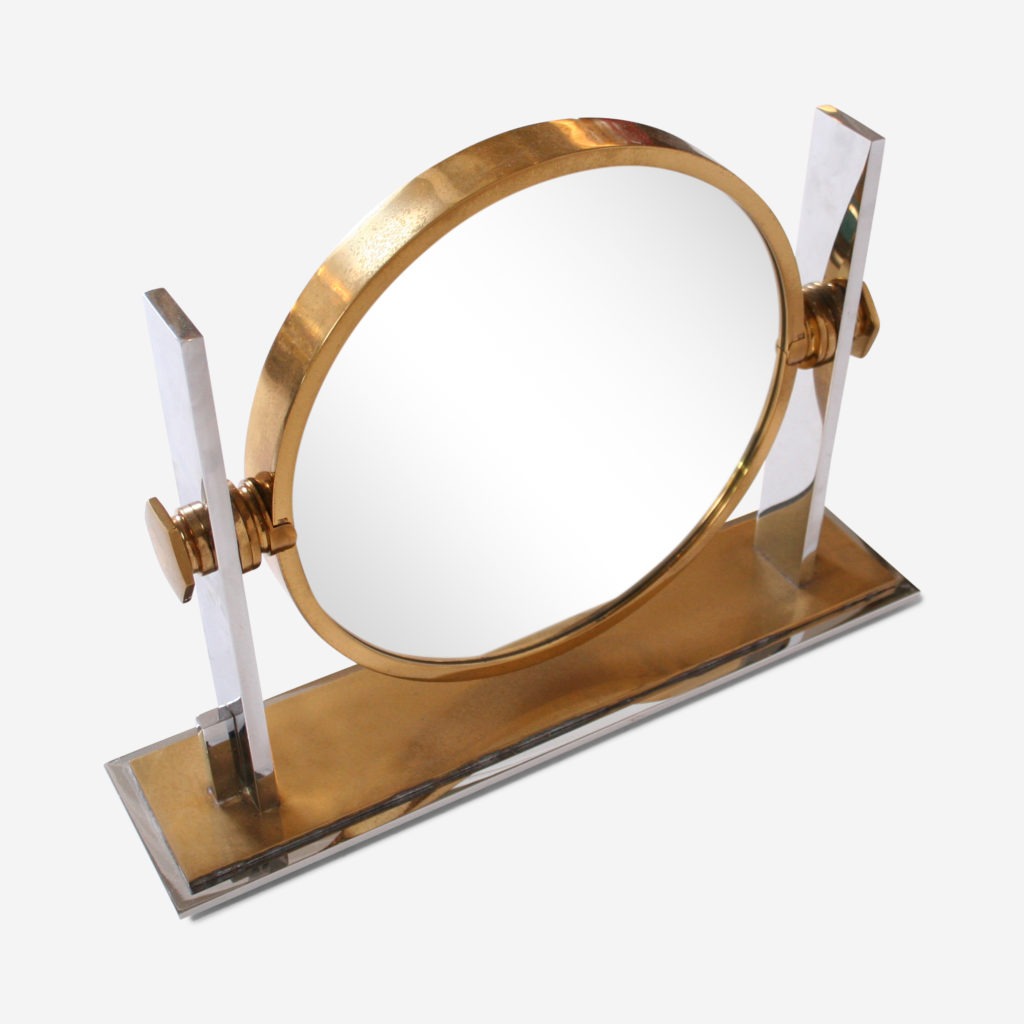Business start-ups are always being urged to focus but few take this approach quite to the lengths of Alastair Crawford and Michael James.
The two of them run a company called The Silver Fund. As its name suggests, it deals in silver. But not any old silver. Based in St James’s, the exclusive fine arts and antiques district in London, it only buys and sells second-hand products made by the Scandinavian company, Georg Jensen.
If that looks too narrow a field to make sense, just look at the figures. Georg Jensen, the company, has an annual turnover of about £13m from its 64 shops and a number of concessions around the world selling products straight from its factory. But, according to Mr Crawford, The Silver Fund is doing nearly half as well with just its St James’s shop, plus an internet site.
The reason is simple. As he and Mr James discovered several years ago, Jensen cannot keep up with demand for the distinctive cutlery and other pieces it has produced since the beginning of the 20th century. Normally this would be an enviable position, but not when the merchandise is silver – and, therefore, not likely to wear out – and the designs have hardly changed over the years.
Faced with a wait of up to two years for their chosen items if they are new, the company’s customers are increasingly turning to the second- hand market – and it is here that Mr Crawford and Mr James are looking to clean up.
In the early years, particularly the 1930s when its shop was a New York landmark, Jensen was a much more prolific producer of goods than it is now. Accordingly, items are readily available. Mr Crawford, who is managing director of the business to Mr James’s trading director, says it is conservatively estimated that there is £500m worth of the company’s silverware in the world. Obviously, just a small proportion of that would be worth having.
“People say it’s such a niche business,” says Mr Crawford. “And it is, and I’m thrilled about it. From a trading point of view, it’s so much easier to focus on one product.”
Both he and Mr James know all about the ups and downs of the antiques business. Both silver experts of 20 years’ standing, they “lost their shirts” in the last recession, but were determined to come back.
Initially, they stuck to the varied approach that they had adopted before. But even in the mid-1990s, business was tough. Indeed, there was so little demand for the antique English silverware that is the staple of the trade, that prices were lower than when Mr Crawford was starting out.
Having always specialised in 20th century items, they were both aware of Georg Jensen. But it was not until a few years ago that they made their discovery about the extraordinary market for the firm’s wares.
“In the second-hand market, we can supply immediately and for less. We’re probably selling at a 30 per cent discount to the new price, but it is availability that gets us the customers,” he says. “They’re rich and they keep coming back.”
Thanks to the internet, the wealthy Americans who form the core of The Silver Fund’s clientele do not even have to wait for their annual trip to London to feed their addiction.
If brand is vital to success on the internet then Mr Crawford and Mr James seem well placed to thrive. As they point out, Jensen is one of the biggest names in silver. Moreover, because they have the company’s complete catalogue they can buy and sell in cyberspace without having to see the goods.
That brand also makes it less worrying for their customers to do business with them in this way, even though the goods they are buying can cost as much as £5,000 for a single teapot. And they are ensuring that the Jensen-buying public knows about them by buying the Georg Jensen name on such search engines as Yahoo.
Mr Crawford sees the website and the St James’s address as complementary to the extent that many internet customers bought their first items in person from the shop, while others want to put faces to names they only know by email when they travel to London. Nevertheless, it is impossible to overplay the internet’s importance to the business of The Silver Fund.
“Last year, 25 per cent of the business was through e-commerce,” says Mr Crawford. “This year it is 48 per cent, and this time next year it will be more than 80 per cent.”
It would appear that the only thing holding back the pair is lack of money with which to buy stock. Which is why they have hit upon the Enterprise Investment Scheme as a means of raising funds. The EIS is a government initiative designed to encourage support for entrepreneurs by granting investors income tax relief of 20 per cent in the year in which they invest, as well as Capital Gains Tax benefits.
On the back of this success, Mr Crawford and Mr James are launching The Silver Fund 2, specifically to fund the purchase of Jensen cutlery, or flatware, which is more affordable and, so, has a wider market. The subscription period for the fund, which is seeking to raise up to £3m, ends on 26 May, and the two men are confident they will not only continue their comeback but make good returns for their backers.
“We haven’t really begun yet,” says Mr Crawford. “Jensen is a very big market.”
